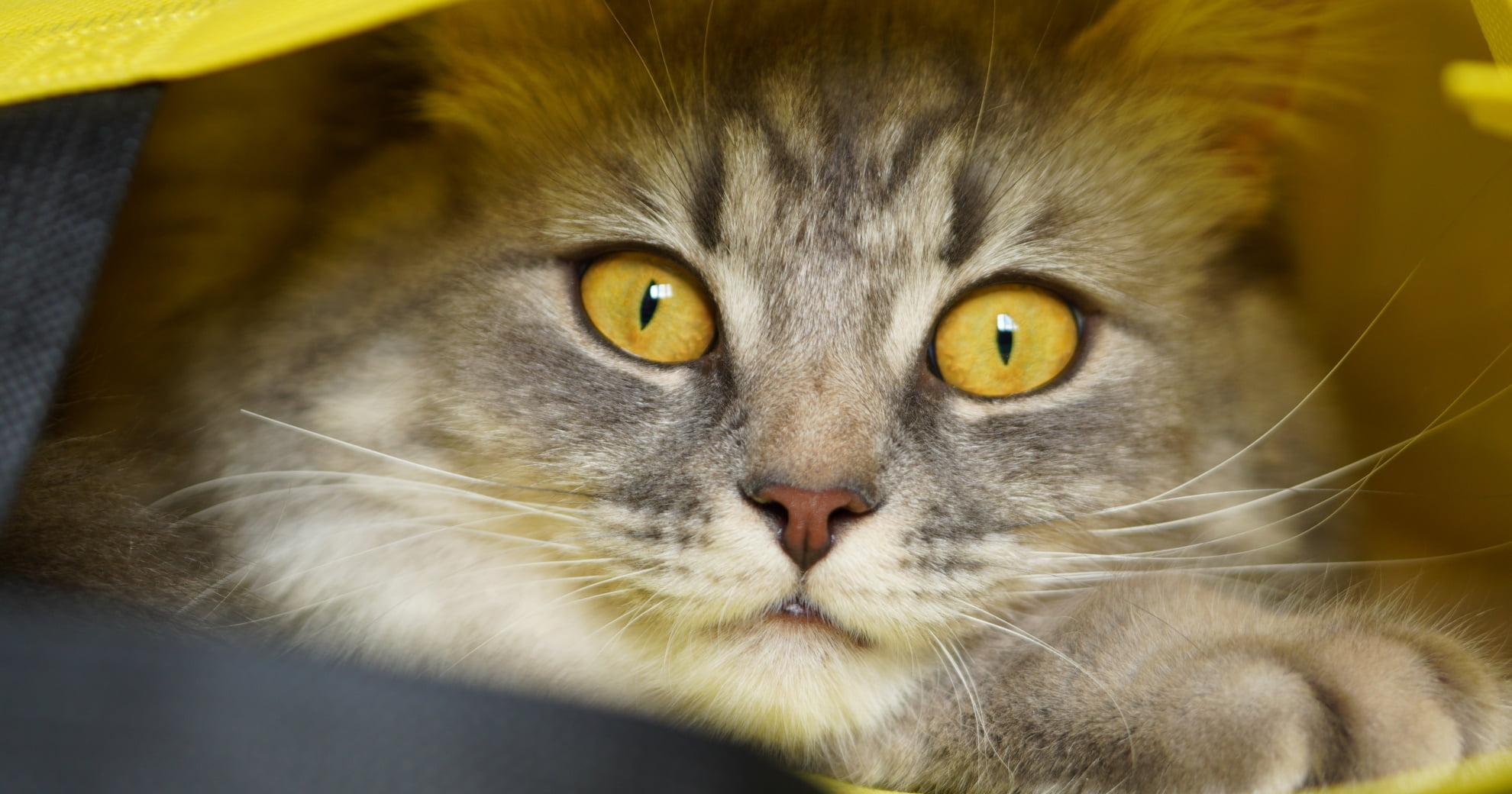LIFESTYLE & MORE

TRENDING

SIGN UP and Start Receiving
Our Monthly Newsletter,
The Chronicles
Why Do Cats Knead? The Science Behind A Curious Behaviour

Cat owners are familiar with the peculiar behaviour known as “kneading,” where cats rhythmically push their paws in and out against soft surfaces. This article explores the scientific understanding behind this intriguing feline behaviour.
Evolutionary Origins
- Kneading behaviour is believed to have roots in kittenhood
- Kittens knead their mother’s mammary glands to stimulate milk flow
- This instinctive behaviour may persist into adulthood
Proposed Functions of Kneading
- Comfort and Relaxation
- Kneading is often associated with contentment in adult cats
- The repetitive motion may release endorphins, promoting a sense of well-being
- Many cats purr while kneading, further indicating a positive emotional state
- Scent Marking
- Cats have scent glands in their paw pads
- Kneading may help deposit their scent on surfaces or people
- This behaviour could serve as a form of territorial marking
- Nesting Behaviour
- Wild cats may knead to create a comfortable resting spot in tall grass or foliage
- Domestic cats might retain this instinct, even when provided with soft bedding
- Social Bonding
- Kneading on humans or other animals may be a sign of affection
- This behaviour could be an extension of the kitten-mother bonding process
Physiological Aspects
- Kneading involves the flexion and extension of the cat’s forelimbs
- The rhythmic motion is controlled by the motor cortex and spinal cord
- Individual cats may display variations in kneading patterns and intensity
Factors Influencing Kneading Behaviour
- Age: Kneading is more common in kittens and young adult cats
- Early weaning: Cats weaned too early may exhibit more frequent kneading
- Stress levels: Some cats may knead more when anxious or seeking comfort
- Environmental stimuli: Soft textures or familiar scents may trigger kneading
Last word
While the exact reasons for kneading behaviour in adult cats remain somewhat mysterious, scientific research suggests a combination of instinctive, emotional, and social factors at play. Understanding this behaviour can provide valuable insights into feline psychology and strengthen the bond between cats and their human companions.
Related Articles








PLAU004-petlifeau-generic-banner-ad-set-01-FA
PLAU004-petlifeau-generic-banner-ad-set-02-FA
PLAU004-petlifeau-generic-banner-ad-set-03-FA
PLAU004-petlifeau-generic-banner-ad-set-04-FA
PLAU004-petlifeau-generic-banner-ad-set-05-FA
PLAU004-petlifeau-generic-banner-ad-set-06-FA
PLAU004-petlifeau-generic-banner-ad-set-07-FA
PLAU004-petlifeau-generic-banner-ad-set-09-FA





